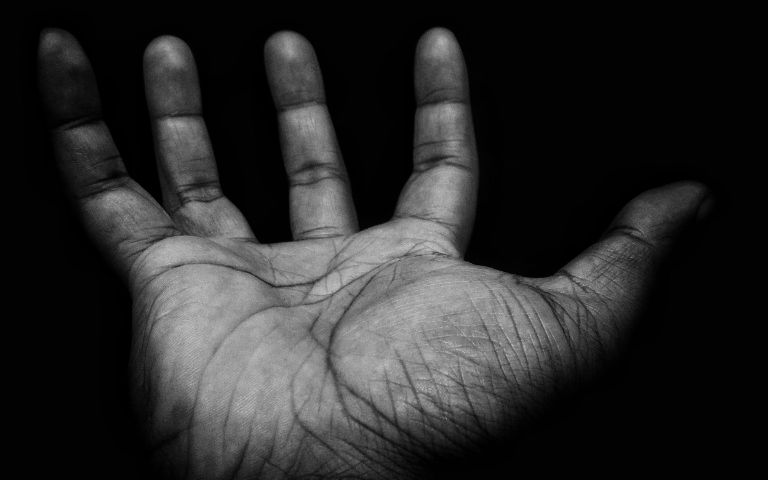How Do I get them?
These are a few common questions that most people feel embarrassed to ask. But despite their bad rep, they are incredibly common especially in school-aged children or those who are immunosuppressed.
Also referred to as verrucae vulgaris or papillomas, are tiny, grainy skin growths (non-cancerous) that appear when the top layer of skin is infected with one of the many viruses of the human papillomavirus (HPV) family. While they can appear anywhere on your skin, you are more likely to get them on your hands or feet. The viruses that cause them are highly contagious; therefore they can easily spread by contact. It takes the virus 2-6 months to develop into a wart once it comes in contact with the skin. The good news is that they eventually disappear on their own and they are harmless, except their physical appearance which is quite bothersome and embarrassing for some.
What Causes Them?
Regardless of their type they are caused by the same virus – the human papilloma virus (HPV). The HPV virus has more than 150 known strains, some of these strains (HPV-1, HPV-2, HPV-4, and HPV-27) are responsible for skin warts that are common in children and tend to disappear with increasing age. Some strains such as HPV-6 HPV-11 are responsible for genital warts.
Since the viruses that cause them are contagious, you may get them by coming in direct contact with a person who is infected with them. Alternatively, you can also get them by coming in contact with contaminated surfaces such as towels, razors, tissues, or public places (swimming pools, gyms, etc).
What are the different types?
Depending on their size, appearance, and location, they can be broadly classified into the following 5 main types:
- Common (verruca vulgaris) – these are small, flesh-colored growths usually round in shape with a rough surface found on the back of the hands, the fingers, and the on the skin around nails and feet. Sometimes they have little black dots that make them look like tiny seeds.
- Foot (plantar warts) – these are usually flat, thick, and have a tough texture and found on the sole of your feet. Since there is pressure on them (from standing or walking), plantar warts are usually flat in shape and found in clusters.
- Flat (verruca plana) – these are flatter, thicker, and often come in large numbers (often 20-100 at a time). Flat warts are most commonly found on the face, forehead, legs, and hands.
- Filiform – these are long, thin, thread-like warts that usually appear on the face – around your eyes, nose, or mouth. They are very fast-growing and among the most visually shocking warts.
- Genital – these warts come with a grainy “cauliflower-like” appearance and are grey or off-white in color. Since they are sexually transmitted, they usually appear in the vagina, anus, the cervix, and around the vulva. Genital warts can also appear in the mouth and throat.
How Are They Treated?
The majority are harmless and usually go away on their own, unless, of course, they become painful or grow in size and become very embarrassing. Waiting for them to go away on their own, however, may prove to be risky as they might grow in size and volume and there is always the risk of contaminating others with this disease. As such, it is best to seek immediate medical treatment to reduce the risk to others. The best treatment for warts will ultimately depend on the type, complexity, and location of the wart and the age and physical health of the patient. Keep in mind, there is no cure for the human papillomavirus, so even though the wart may be gone from your skin, the virus might stay in the skin and the wart may reappear. It’s important to prioritize yourself and your wellbeing.
Now let’s have a look at some of the common treatment options for warts:
- use of prescription creams (with strong salicylic or glycolic acid)
- use of peeling products (OTC liquids, gels, and pads with salicylic acid)
- cryosurgery (use of liquid nitrogen to freeze off warts)
- cantharidin (often used to treat warts in young children)
- electrocautery
- laser light
- injections
- use of immune system stimulators such as imiquimod – often used for the treatment of genital warts
- vaccination (such as Gardasil)
